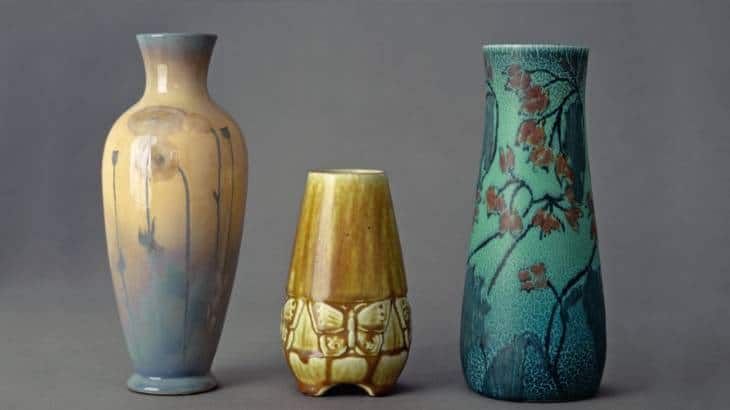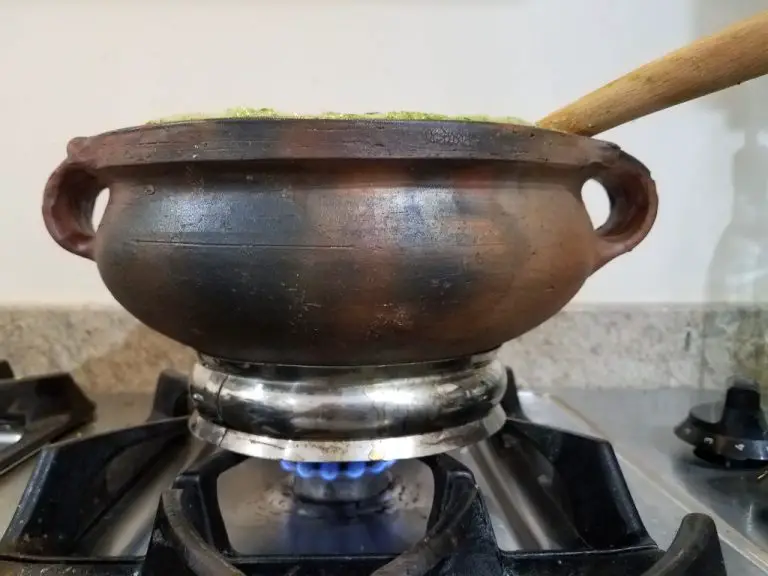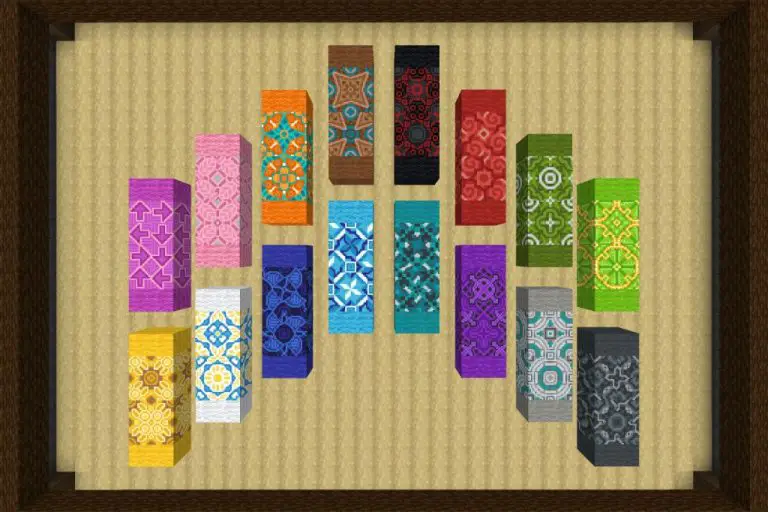Can Stamps Be Made Of Wood?
Postage stamps have been used for mail delivery since the 1840s. Before then, ink and hand-stamps, usually made from wood or cork, were used to indicate that postage had been paid. The first adhesive postage stamp, the Penny Black, was issued in Great Britain in 1840. This revolutionary invention made the payment of postage easier and paved the way for more efficient mail systems.
Traditionally, postage stamps have been printed on paper. Early stamps were printed on laid paper, which had visible lines from the papermaking process. Later, wood-pulp paper was introduced, allowing stamp production to be scaled up considerably. More recently, synthetic papers have also been used for stamp printing. While paper has historically been the material of choice, some experimentation has occurred using other materials for stamps over the years.
Traditional Stamp Materials
Traditional stamps have been made from a variety of materials over the years. The most common traditional materials used for stamps include:
Paper
Paper is one of the original materials used to create stamps. Early rubber stamps had paper bases coated with rubber for the stamp design. Paper provides a lightweight and inexpensive material for disposable or limited-use stamps. However, paper stamps are not very durable if exposed to moisture or heavy use.
Cardboard
Many stamp pads consist of cardboard bases. The cardboard gives rigidity and support to hold the ink pad material. Cardboard also works as a stamp base, providing more durability than paper. Cardboard stamps can withstand longer use but still may degrade faster than plastic or wood.
Plastic
Modern self-inking stamps often use plastic bases. Thermoplastics like polycarbonates allow creating molded plastic stamps with the design integrated with the base. Plastic provides a durable, lightweight, and cost-effective stamp material. However, plastic stamps lack the sustainability and visual appeal of natural materials like wood.
Wood as a Potential Stamp Material
Wood has certain inherent properties that make it a potential material for creating stamps. The porous and absorbent nature of wood allows it to effectively take up and transfer stamping ink onto a surface (1). Hard woods like maple and cherry are dense enough to withstand the pressures of stamping without excessive wear. Their fine, even grain also allows for carving fine details into a stamp design. Softer woods like basswood are easier to carve but may not be as durable over many stamping impressions (2). The ability to laser engrave designs into wood provides another option for creating detailed stamp images. Woods can also be pre-treated to improve ink absorption. Overall, the porous structure, carveability, durability, and laser engraving potential of various woods make the material well suited for potential use in stamp creation.
(1) https://www.youtube.com/watch?v=cm12i_xTT2g
(2) https://engineersealstamps.com/blogs/info/create-custom-stamp-for-wood-for-your-projects-in-2023
Historical Use of Wood for Stamps
Wooden stamps have been used historically for printing patterns on fabrics and wallpapers. According to an article on Houzz, wallpaper printed in 1832 used historical wooden stamps for handprinting designs: “Gorgeous Wallpaper“. Another source mentions wooden stamps being used to print designs on paper historically in Slovakia: “The local artist Yaro M. Kupčo chose the exclusive Japanese paper Washi for the prints of his graphical cycles realized by means of historical wooden stamps.” (Art on Washi Exhibit)
Advantages of Wooden Stamps
Wooden stamps offer several advantages compared to other materials like rubber or acrylic. Some of the main benefits of using wood for stamps include:

Cost
Wood is generally an affordable and accessible material, making wooden stamps a budget-friendly option. The cost of wood is usually lower than materials like photopolymer or laser-cut acrylic which require more specialized manufacturing.1
Sustainability
Wood is a natural and renewable resource, especially when sourced responsibly. Choosing wooden stamps is often a more eco-friendly choice compared to plastics. Many types of wood used for stamps like birch are abundant.1
Aesthetics
The natural grain patterns and textures of wood can add rustic, organic visual appeal to a stamped project. Wood grain provides an artisanal, handcrafted look. Wood also offers flexibility with different stains and finishes to complement the intended design.1
Disadvantages of Wooden Stamps
While wooden stamps have their benefits, they also come with some disadvantages compared to other stamp materials like rubber. Some of the main drawbacks of wooden stamps include:
- Durability – Wooden stamps can wear down and degrade over time with repeated use. The carved design can lose its sharpness and detail after prolonged stamping on paper. Rubber stamps tend to withstand more impressions before wearing down.
- Water resistance – Wood absorbs water readily, whereas rubber does not. Using wooden stamps with wet inks or paints can cause the wood to swell and warp. The stamps need to be sealed properly for protection. Rubber stamps can be used with wet mediums without damage.
- Consistency – Each hand-carved wooden stamp is unique, so there may be slight variations in impressions from stamp to stamp. Rubber stamps from molds provide more consistency.
As explained in this article from Stamp More, “The main disadvantage of wood stamps is they wear out faster than rubber stamps. The wood absorbs ink and paint faster than rubber, which degrades the stamp over time”https://stampmore.com/pages/the-difference-between-wooden-and-self-inking-rubber-stamps. Proper care and sealing is required for longevity of wooden stamps.
Manufacturing Considerations
Making stamps out of wood requires some unique manufacturing processes compared to traditional stamp materials like rubber or metal. The main steps involve carving, treating, and printing with the wooden stamps.
Carving the stamps can be done by hand or with laser/CNC machines. Hand carving allows for intricate designs but is more time-consuming. Machine carving is faster but designs are limited by the technology. Most wooden stamps are carved across the grain rather than with it, as this makes the lines and edges crisper.
The wood must also be properly treated to prepare it for printing. Applying varnish or other sealants helps protect the wood from warping and prevents ink bleed. The wood surface needs to be polished smooth so the stamp can leave a clean imprint.
When printing, wooden stamps require a different technique than rubber stamps. More pressure is needed to transfer the ink from the carved design to paper. Water-based inks tend to work better than oil-based inks for getting crisp impressions without too much spreading.
Overall, working with wood as a stamp material takes some unique steps but can result in beautiful handcrafted stamps.
Case Studies of Wooden Stamps
Wooden stamps have seen a resurgence in popularity for handmade and custom products. Some examples of modern wooden stamps include:
Modern Maker Stamps – This Etsy shop creates custom wood mounted rubber stamps with modern designs. Customers can choose from different sizes and shapes like circles, rectangles, and ovals (source).
2712 Designs – This company offers wood mounted clear stamps made from sustainable birch wood. They have a range of designs from mountains to flowers for paper crafting (source).
Wooden stamps have proven popular for adding a handmade, custom feel to cards, scrapbooks, gift labels, and other paper crafts. Their natural material and ability to be customized make them appealing for small batch or single runs.
The Future of Wooden Stamps
Wooden stamps have seen some renewed interest and viability as a stamp material in recent years. Some small stamp companies have begun offering custom-made wood mounted rubber stamps, often with laser-etched designs, as an alternative to traditional polymer stamps 1. These combine the durability and print quality of rubber with the classic look and feel of wood.
While wood mounted stamps are more of a specialty item currently, improvements in manufacturing techniques and technologies like laser etching may allow them to be produced more efficiently and adopted more widely. As consumers continue to seek out unique, handmade, and eco-friendly products, wooden stamps made from sustainable materials could gain broader appeal.
Some predict that wood mounted rubber stamps will never completely replace photopolymer or other modern stamp materials. However, there is certainly room for growth in the market share of creatively designed wooden stamps as an alternative for crafters, artists, and others 2.
Conclusion
In summary, wood has potential as an alternative material for stamp creation, but it comes with both advantages and disadvantages. On the plus side, wood is inexpensive, customizable, and environmentally-friendly compared to traditional stamp materials. It allows for unique, artisanal designs not possible with metal or rubber. The natural texture of wood can add an aesthetic appeal as well. However, wood’s porousness means it must be treated to properly absorb ink. Stamps made solely from wood would also be less durable over time. There are also manufacturing hurdles to work through.
Nevertheless, with careful production techniques, wooden stamps can be viable for certain applications. As innovators continue to experiment with wood materials and stamp carving methods, wooden stamps may find niche uses. However, traditional metal and rubber stamps will likely continue to dominate high-volume, commercial applications. Wooden stamps are most promising for craft, hobby, and custom projects where their artisanal look and feel provides the most value.





